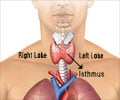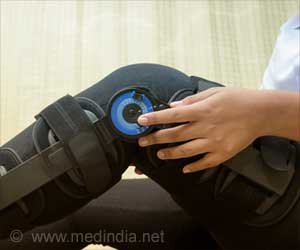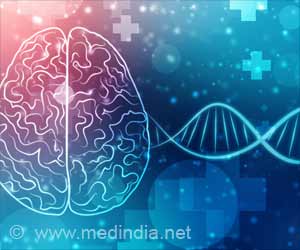The skeleton, the frame of bones that supports a human or animal body, is an endocrine organ that helps control sugar metabolism and weight, and a major determinant of the development
The skeleton, the frame of bones that supports a human or animal body, is an endocrine organ that helps control sugar metabolism and weight, and a major determinant of the development of type 2 diabetes, say researchers at Columbia University Medical Center.
In a study of mice, published in the journal Cell, the researchers demonstrated that bone cells release a hormone called osteocalcin, which controls the regulation of blood sugar (glucose) and fat deposition through synergistic mechanisms previously not recognized.Usually, an increase in insulin secretion is accompanied by a decrease in insulin sensitivity. Osteocalcin, however, increases both the secretion and sensitivity of insulin, in addition to boosting the number of insulin-producing cells and reducing stores of fat.
The study showed that an increase in osteocalcin activity prevented the development of type 2 diabetes and obesity in mice, paving the way for novel therapeutic avenues for the prevention and treatment of diabetes.
"The discovery that our bones are responsible for regulating blood sugar in ways that were not known before completely changes our understanding of the function of the skeleton and uncovers a crucial aspect of energy metabolism. These results uncover an important aspect of endocrinology that was unappreciated until now," said senior author of the study, Dr. Gerard Karsenty, Chair of the Department of Genetics and Development at Columbia University Medical Center.
Only bone-forming cells (osteoblasts) make the osteocalcin protein. The authors note that this protein directs the pancreas' beta cells and fat cells to produce more insulin and to release a hormone called adiponectin, which improves insulin sensitivity, respectively.
According to the researchers, osteocalcin also enhances the production of insulin-producing beta cells, which is one of the best, but currently unattainable, strategies to treat diabetes.
They are now examining the role of osteocalcin in the regulation of blood sugar in humans, and are continuing investigations into the relationship between osteocalcin and the appearance of type 2 diabetes and obesity.
Source-ANI
LIN/J
 MEDINDIA
MEDINDIA
 Email
Email








